Sanae Takaichi has been elected as Japan’s prime minister after her Liberal Democratic Party (LDP) managed to form a coalition with the Japan Innovation Party. Coincidentally, she is the first woman in Japan’s history to hold this office. This comes after Takaichi was elected as the LDP’s leader earlier this month, following the LDP’s historic defeat in the upper house election and Prime Minister Shigeru Ishiba’s decision to resign due to mounting pressure.
Prime Minister Takaichi—a Japan First conservative whose ideology draws inspiration from former Prime Minister Shinzo Abe, her mentor, and former British Prime Minister Margaret Thatcher, “Iron Lady”—is a much-needed departure from the weak leadership of Japan’s last three prime ministers (Ishiba, Kishida, and Suga).
READ MORE: It's Official: Japan Elects First-Ever Woman Prime Minister
Her election is a major win for the U.S.-Japan alliance and the Asia-Pacific’s security, placing China at a strategic disadvantage amid its escalating military activity and gray zone operations throughout the region.
Instead of sending a congratulatory message, Beijing urged Tokyo to respect “political commitments” relating to history and Taiwan. These remarks reflect the Chinese government’s unease with Takaichi’s stances.
In response to a question about whether China will send a congratulatory message to Sanae Takaichi, who has just taken office as Japan’s new prime minister, Chinese Foreign Ministry spokesperson Guo Jiakun said on Thursday that China has made appropriate arrangements in… pic.twitter.com/3KCTFMt0mX
— Global Times (@globaltimesnews) October 23, 2025
Contrasting Ishiba's soft approach to China, which the CCP took advantage of with its increased military incursions into Japanese territory and aggressive cyberattacks, Takaichi, a China hawk, has pledged to strengthen and deepen the U.S.-Japan alliance. It is expected that her national security strategy will mirror that of former Prime Minister Shinzo Abe.
She, like Abe, supports continuing to move Japan’s military away from pacifism in favor of deterrence, primarily motivated by the threat that China poses. This includes her plan to increase military spending to two percent of GDP in the current fiscal year (instead of 2027) and her push to revise Article 9 of Japan’s Constitution, which would allow Tokyo to maintain traditional, war-fighting armed forces.
These actions are intended to build a Japanese defense strategy that is more self-reliant and lethal. The Trump administration will undoubtedly welcome this, as it aligns with Washington’s current emphasis on allied burden-sharing.
In line with Washington’s vision of regional security, Takaichi will continue, if not intensify, Japan’s security posture vis-à-vis Abe’s “Free and Open Indo-Pacific” concept that foregrounds freedom of navigation, the rule of law, peace and stability, and economic prosperity. Expect to see an emphasis on strengthening security ties with democratic partners in the region.
A historic defense pact between Japan and the Philippines went into effect in September, which allows for Japanese troops to deploy to the Philippines. Given China’s increasingly assertive military actions in the South China Sea and its expanding footprint across Oceania, it is highly probable that Takaichi will seek to deepen cooperation with Manila as a means of further deterring Beijing.
Also like Abe, Takaichi is a staunch supporter of Taiwan and views the island as fundamental to Japan’s security. She has referred to Taiwan as a valued friend and partner, and earlier this year, while visiting Taipei, she called on Japan, Taiwan, and other Asian democracies to form a quasi-security alliance. This is the type of clarity that the Trump administration has been seeking from allies in the Asia-Pacific in relation to a potential war over Taiwan—a question that former Prime Minister Ishiba refused to answer.
How the Japanese prime minister will approach South Korea remains an open question. Some analysts have suggested that she will take a measured approach, working with Seoul despite long-standing differences and disputes.
It is also possible that South Korean President Lee Jae Myung’s pro-China, pro-North Korea policies—as well as his anti-Japanese statements, ranging from labeling Japan as an enemy country to opposing joint U.S.-South Korea-Japan military exercises—will act as irritants to South Korea-Japan relations under the Takaichi administration. Perhaps Takaichi will exert pressure on Lee—good news for South Korea’s patriots and American security interests. History shows that true Japanese conservatives and South Korean leftists have fared like oil and water.
Trump and Takaichi are set to meet in Japan early next week, ahead of the APEC summit in South Korea. Defense will be at the top of the agenda.
Contrary to the media’s claims, these two leaders share a vision when it comes to security. Both the Trump administration and Prime Minister Takaichi have expressed enthusiasm in working with one another.
I was very pleased to receive such warm words of congratulations from @realDonaldTrump.
— 高市早苗 (@takaichi_sanae) October 7, 2025
Truly hoping to work together with President Trump to make our 🇯🇵🇺🇸 Alliance even stronger & more prosperous, and to advance a Free and Open Indo-Pacific.… pic.twitter.com/O4yerKUt2x
Marco Rubio, Secretary of State: "The United States congratulates Takaichi Sanae on her election by the Diet as Prime Minister of Japan. We look forward to working with her government to further strengthen the U.S.-Japan alliance and realize our shared goals."@takaichi_sanae…
— アメリカ大使館 (@usembassytokyo) October 23, 2025
I agree with @POTUS – this is incredible news!
— Treasury Secretary Scott Bessent (@SecScottBessent) October 6, 2025
Congratulations to @takaichi_sanae on her election as leader of the LDP and soon-to-be Prime Minister of Japan.
She has shown herself to be a strong leader, policy maker and communicator throughout her impressive career, and will… https://t.co/L7pa2zd4E3
To remain in power, Takaichi will have to maintain a coalition during a delicate moment in Japanese politics, which may require her to moderate her positions in certain areas. She will also have to effectively address lingering economic issues, such as rising living costs and stagnant wages. If she is able to do these things—aside from addressing Japanese security concerns—Takaichi will outlast her three immediate predecessors' tenures.
Nevertheless, Takaichi assumed office with a higher approval rating than the initial ratings of the last two prime ministers and with strong support from world leaders. I look forward to the U.S.-Japan alliance being taken to new heights at such a critical time.
Editor’s Note: The Schumer Shutdown is here. Rather than put the American people first, Chuck Schumer and the radical Democrats forced a government shutdown for healthcare for illegals. They own this.
Help us continue to report the truth about the Schumer Shutdown. Use promo code POTUS47 to get 74% off your VIP membership.



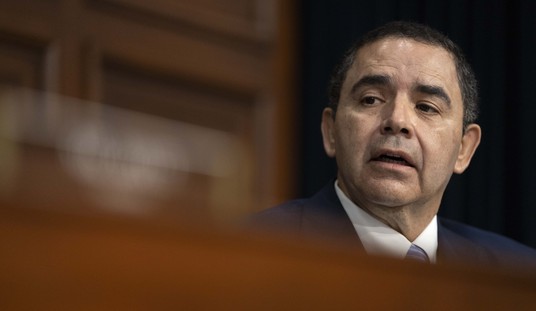
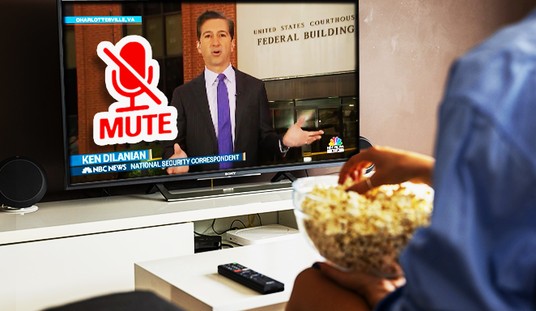
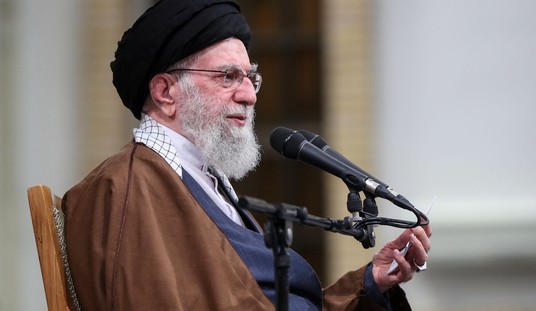




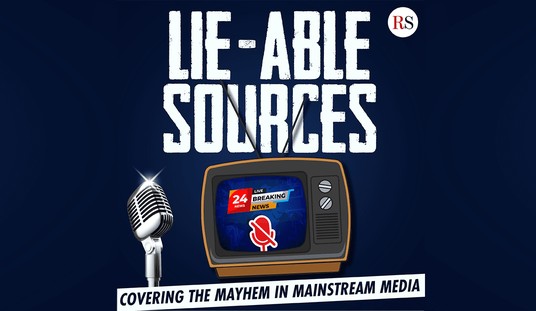

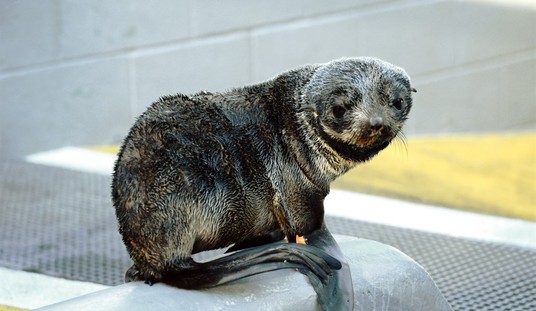

Join the conversation as a VIP Member